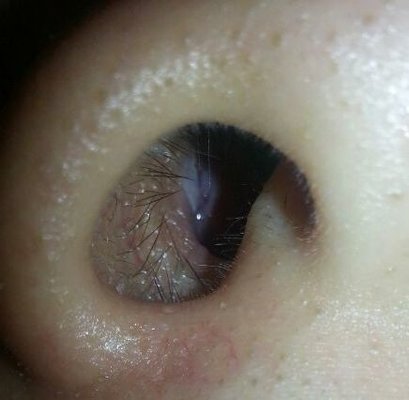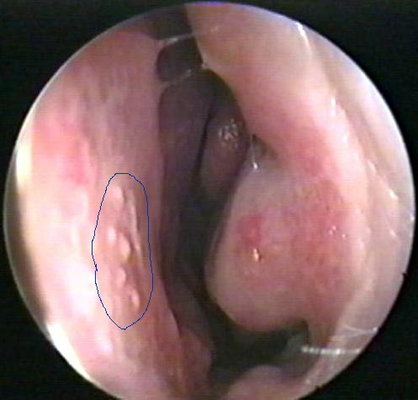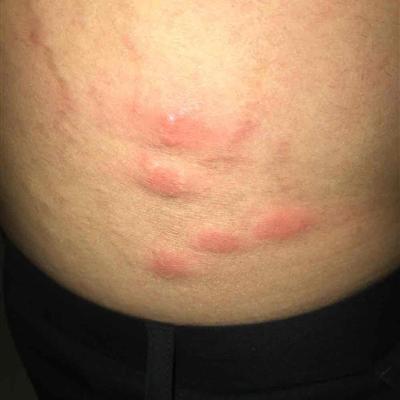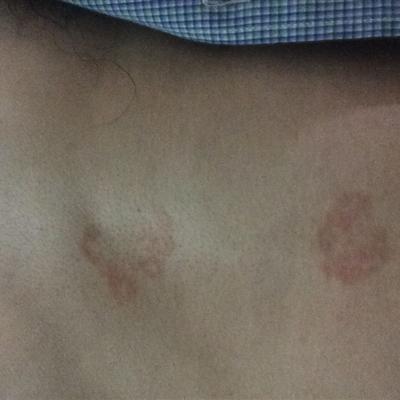Symptoms of ethmoid sinusitis and frontal sinusitis
summary
Frontal sinusitis can be divided into acute frontal sinusitis and chronic frontal sinusitis. Acute frontal sinusitis is acute suppurative sinusitis, which is an acute suppurative infection of the nasal mucosa. Acute frontal sinusitis is not treated in time or treated improperly, which leads to serious damage of mucous membrane and loss of normal function, and can become chronic inflammation. Ethmoid sinusitis frontal sinusitis symptoms? Let's talk about it
Symptoms of ethmoid sinusitis and frontal sinusitis
Nasal symptoms: persistent nasal obstruction on the affected side may be caused by swelling of nasal mucosa or accumulation of nasal secretions in the nasal cavity; Runny nose: nasal secretions are mucopurulent or purulent, often associated with head position drainage; Olfactory decline.

Can have anorexia, irritability, chills, fever, constipation, insomnia, mental malaise and other symptoms. If there is osteomyelitis in the frontal bone, the frontal abscess fistula can be formed, mostly in the anterior wall and the bottom of the frontal sinus

Headache: if frontal sinus drainage is blocked, headache may occur, and there may be reflex headache in trigeminal nerve distribution area. Frontal sinusitis headache symptoms, beginning with a total headache, and then gradually limited to the affected side of the upper orbital angle and forehead. The pain had obvious time rule, which was aggravated after getting up in the morning, heaviest at noon, relieved in the afternoon, disappeared in the evening, and repeated the next day. There was obvious tenderness in the upper inner orbital angle.

matters needing attention
1. Pay attention to nasal hygiene at ordinary times, and form a good habit of washing the nose in the morning and evening. 2. Pay attention to blowing your nose. If you have a stuffy nose and a lot of snot, you should press one side of the nostril and blow with a little force. After that, I blow it alternately. When the nasal mucus is too thick, wash the nose with saline to avoid damaging the nasal mucosa. 3. When swimming, the posture should be correct and the head should be out of the water as far as possible.















